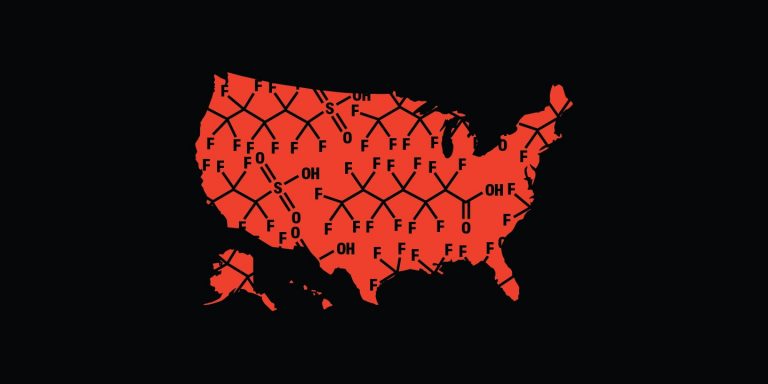Bipartisan Senate efforts to mandate agencies address growing PFAS crisis
By Tammy Helminski & Jeffrey Longsworth | June 21, 2019

Read the full article by Tammy Helminski & Jeffrey Longsworth (National Law Review)
“As more than two dozen federal legislative proposals to address PFAS elbow their way through the halls of Congress, the Senate is likely to pass the National Defense Authorization Act (NDAA) before the July Fourth holiday with various bipartisan PFAS provisions that include reach beyond the Department of Defense (DOD).
On June 19, 2019, the Senate Environment and Public Works Committee approved an amendment to the NDAA, with bipartisan support, that would require DOD, the Environmental Protection Agency (EPA), the U.S. Geologic Survey (USGS) and others to take specific actions to address PFAS contamination pursuant to several environmental statutes. Senate Amendment 564, sponsored by Sen. Capito (R-WV), along with senators Carper (D-DE), Barrasso (R-WY), Sullivan (R-AK), Gillibrand (D-NY) and Shaheen (D-NH), would require the following:
- EPA would be required to add certain PFAS compounds to the Emergency Planning and Community Right-to-Know Act’s Toxics Release Inventory reporting, with initial reporting thresholds of 100 pounds.
- Under the Safe Drinking Water Act, EPA would be required to promulgate national primary drinking water regulations for (at least) PFOA and PFOS within two years; develop testing procedures for various PFAS assessments in drinking water within one year; and establish health advisory levels within one year of establishing toxicity values for any PFAS compounds. EPA also would be required to include an expanded list of PFAS compounds in the next round of monitoring under the unregulated contaminant monitoring rule.
- The Drinking Water State Revolving Fund would be expanded to provide financial resources to drinking water utilities to address PFAS issues.
- The USGS would be responsible for conducting a nationwide sampling plan to determine the PFAS concentrations in various water resources and drinking water sources.
- EPA would be responsible for establishing an inter-agency working group to help coordinate federal responses to PFAS issues.
- EPA would have to issue a data call under the Toxic Substances Control Act no later than January 1, 2023, that would require reporting about all PFAS compounds produced since January 1, 2006, and require the agency take action on the Significant New Use Rule for long-chain PFAS published in 2015.
- EPA would be obligated to conduct appropriate research on emerging PFAS compounds and establish interim guidance within one year regarding the destruction and disposal of PFAS and PFAS-containing materials.
Another Senate amendment expected to be offered prior to final vote on the NDAA would provide resources to DOD to fund agreements with state and local authorities to clean up contaminated drinking water and treatment systems. Still another potential amendment seeks DOD to establish criteria for treatment and remediation of PFAS contamination at military installations and DOD facilities.
Finally, Senator Carper is sponsoring an amendment that would require all PFAS compounds to be regulated as hazardous substances under the Comprehensive Environmental Response, Compensation, and Liability Act (CERCLA). However, the amendment would exempt from CERCLA liability commercial airports that were required to use PFAS containing firefighting foam as a condition of their certification requirements with the Federal Aviation Authority.
Senate leadership has filed a cloture motion to limit debate and has indicated that it intends to vote on the NDAA prior to the July Fourth holiday.
EPA’s PFAS Action Plan already stated the agency was looking at multiple approaches to further regulating certain PFAS, so the practical effect of this legislation is to limit EPA’s discretion with clear direction from Congress and statutory deadlines regarding what, how, and when EPA should regulate certain PFAS compounds with built in review mechanisms to expand the list of possible PFAS subject to regulation.
EPA already has issued draft groundwater screening levels for PFOA and PFOS for use at remediation sites under CERCLA and the Resource Conservation and Recovery Act (RCRA), which many took as a clear signal the agency would act to list PFOA and PFOS as CERCLA hazardous substances…”
This content provided by the PFAS Project.
Location:
Topics: